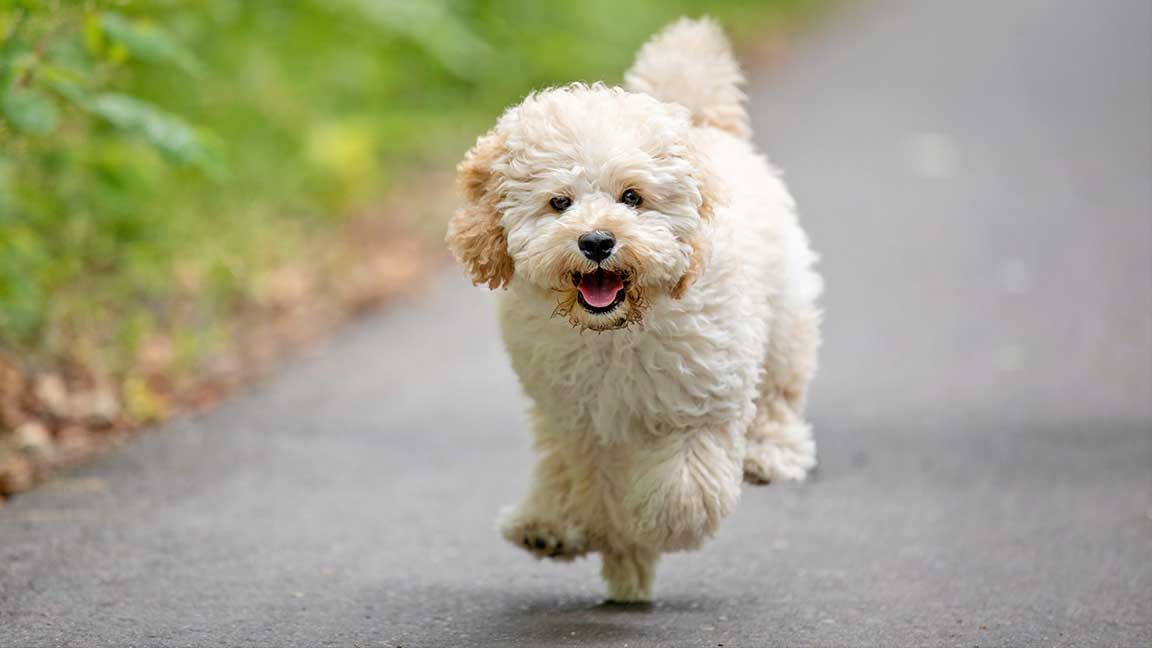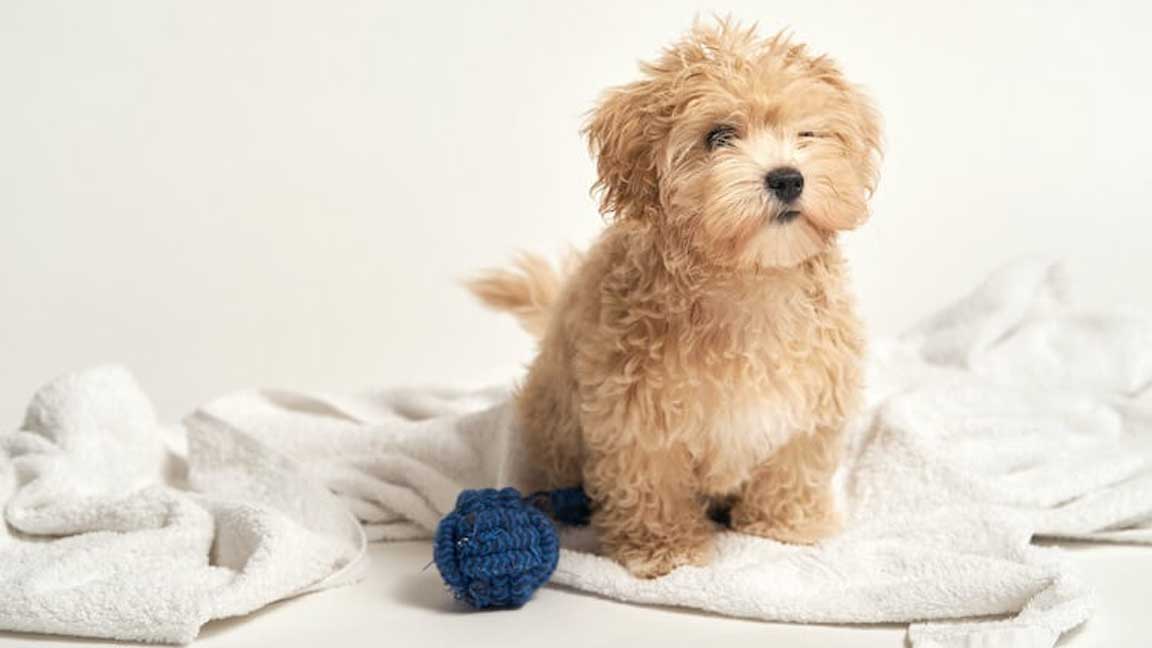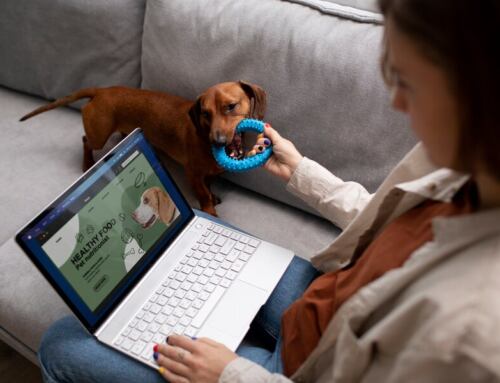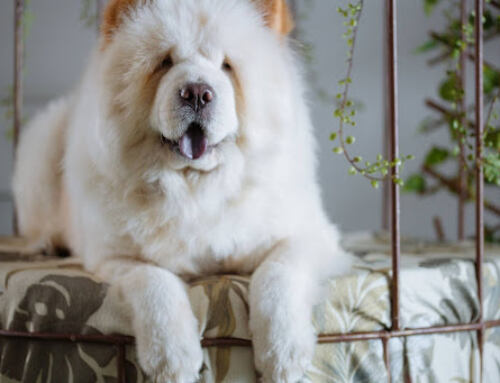The Maltipoo is ideal for first-time dog owners, those who have already raised their children, and everyone in between. They are very dedicated to their human masters and like going for walks with them (and on the couch, of course). In addition, they do not shed and are thus ideal pets for those who live in apartments. The Maltese and the poodle make an excellent breeding pair, and the resulting dog is called a Maltipoo.
This hybrid is a clever, energetic, and loving crossbreed as a result of the hybrid’s ability to inherit every beneficial characteristic from its parent breeds. This hybrid is kind, playful, and very intellectual. Maltipoos are wonderful, patient companions for people of all ages, including children. They are adaptable and may be used in practically any household, whether there are many people living there or only one person eating at the table.
A Maltipoo will grow up to 20 pounds. The popularity of Maltipoo puppy is continuously on the rise because of their “almost hypoallergenic” coats and endearing personalities. Maltipoos are an excellent option for someone who has never had a dog before or for someone new to the world of animal advocacy. Keep reading to find out more facts and details about the Maltipoo Dog.
Appearance

We all wonder how big do Maltipoos get, but the truth is Maltipoos won’t reach a height of more than 14 inches in their lifetime. Thus, they fall within the category of little dogs. They may be anything from 5 and 20 pounds in weight. The soft coat is normally of a length that ranges from medium to long and is wavy or curly. Because of the wide variety of breeds from which they are bred, Maltipoos may have almost any color. However, white and cream are their most prevalent colors. Due to the fact that they are a designer breed, it might be difficult to forecast their look accurately. They may have a coat that is marbled, bicolor, or even multicolored in certain cases.
There is no such thing as a dog that is hypoallergenic since all dogs generate dander and saliva that may cause allergic reactions. Maltipoos, on the other hand, are a hybrid breed that is less prone to produce allergic reactions in certain individuals. This is due to the fact that they shed very little, don’t drool much, and are so little.
The “teacup Maltipoo,” which is an even more miniature kind of the Maltipoo, is something that some prospective owners look for. However, purchasers need to be aware that the breeding procedure for such tiny puppies may sometimes be unethical. Teacup breeds are not recognized by the American Kennel Club (AKC) because of the many health problems that might affect such little puppies. This is a crucial fact to keep in mind. Before looking for a “teacup Maltipoo,” it is recommended that you consult a veterinarian since Maltipoos are already rather little.
Temperament

The Maltipoo has a disposition that is difficult to match. They are the epitome of a loving couple: kind, affectionate, jovial, and full of joy. Maltipoos are quite content to sit on the lap of their human and watch the world go by. However, they are just as willing to play fetch with their owner as they are to cuddle with them.
Maltipoos are watchful dogs who will bark at anything that seems odd (or perhaps not so suspicious), but you shouldn’t anticipate them to display any aggressive behavior. As long as they are exposed to a wide variety of people from the time, they are young, they are able to get along with almost anybody.
Care

Even though they have a coat that sheds very little, Maltipoos may be high-maintenance pets since they need frequent brushing and bathing. Brushing their medium-long, woolly coat every day will be necessary to maintain their cleanliness and good health. They are prone to developing severe matting or blisters on their skin if they are not brushed often enough. They will need a wash once every month and trimmings every few, with the exception of the region around their face and eyes, which will require trims once every month.
As a result of the fact that smaller dog breeds often spend more time inside than outside, their nails will not have the opportunity to file down naturally. To maintain the health of your pet’s nails, you should check them once a month and cut them as necessary. You should also plan to give your Maltipoo’s teeth a good brushing at least a couple of times each week.
Maltipoos often have strong amounts of energy, yet they only need a little amount of activity to be happy and healthy. They may maintain their joy and good health with a quick stroll of fifteen minutes or an inside game of fetch. Due to the fact that they are ready to play, including some enjoyable elements in the instruction will provide the greatest outcomes.
Living Needs

Maltipoos know that they are family members and should be treated as such. They need to be inside with their people, and they may even pick out their own spot on the couch. Since they don’t spend much time outside, they don’t need a big yard to be happy. In fact, they do better in apartments and smaller spaces. Still, they need to move every day to get rid of their (sometimes high) energy.
Maltipoos can also be loud, and if they see or hear something strange, they will let their family know. If they live close to their neighbors, they’ll need to be trained often, so they know when to bark and when not to.
Maltipoos are smart, but they are also very sensitive, so you’ll need a lot of patience with them. If you act aggressively, they will have to close (as with any dog). Positive reinforcement, lots of treats, and play will make training go faster and be more fun for both the dog and the trainer.
Maltipoos are so kind that they get along well with almost any animal or person. They get along well with other dogs or cats in the house, even if they weren’t raised with them. Maltipoos can be great family dogs and are great with kids, but they might need some help to figure out which toys are theirs and which ones aren’t.
Health

The Maltipoo lifespan may range anywhere from 10 to 13 years. Even though health problems affecting Maltipoos aren’t very widespread so it does not matter how long do maltipoos live, but it’s still important for conscientious puppy parents to keep an eye out for certain disorders.
Because oral health problems are common in tiny dog breeds, high-quality food, dental treats, and regular brushing may all help reduce the need for future trips to the veterinarian. Consult a veterinarian about the kind of food that is most appropriate for your Maltipoo.
Talking to your veterinarian about white shaker syndrome is something you should do. The ailment does not affect all Maltipoos, but it is still important to be aware of it. It is important to check with the Orthopedic Foundation for Animals (OFA) to ensure that both of the Maltipoo’s parents have been given a clean bill of health about their patellas. There is a high incidence of luxating paellas in this breed. In addition to allergies and dental diseases, progressive retinal atrophy and allergic rhinitis are also potential issues for the little hybrid.




